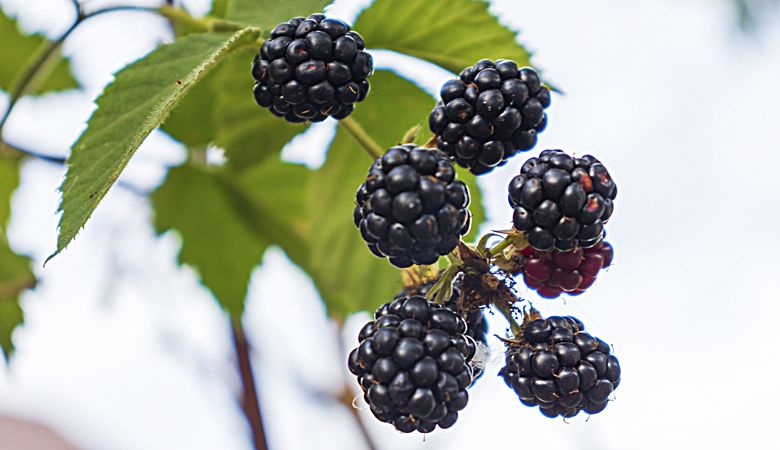Where the Wild Plants Grow
Backyard and beyond a feast awaits
One of my favorite college classes ended with a wild persimmon chiffon pie, made by the professor’s wife and devoured in minutes.
In Reporting 101, our professor, Tom Eblen, led my fellow classmates and me on a foraging adventure throughout campus. We were to write about the experience following AP style and structuring our stories in an inverted pyramid.
The foods we discovered around the buildings, hedges, fields and clusters of trees represented something of a pyramid itself. Black walnuts, pears, persimmons, sumac, dandelions, wild onions and more were growing right under our noses — until then pointed to the ground as we walked from class to class.
I know I’ve written about this experience before in my editor’s note (February 2012), but this month’s foraging story, “Walk on the Wild Side,” by Annelise Kelly, gave me permission, once again. Obviously, the class impacted me greatly.
In fact, the foraging guide recommended to us by Mr. Eblen still sits in my bookshelf — the only book I’ve managed to keep from my university days. “Stalking the Wild Asparagus” by Euell Gibbons, copyright 1962, explains the importance of gathering wild foods, where to find them and recipes, too.
Knowing the prevalence of chemicals, including Roundup — unfortunately still used in some Oregon vineyards — you have to be careful where you harvest your wild foods. With that in mind, Gibbons says, “One doesn’t need to go to the mountains or virgin forests to find wild food plants. In fact, mountains and dense forests are among the poorer places to look.”
He continues, “Abandoned farmsteads, old fields, fence rows, burned-off areas, roadsides, along streams, wood lots, around farm ponds, swampy areas and even vacant lots are the finest foraging sites.”
He forgot to mention backyards.
I’m not talking about plants deliberately planted but rather volunteered and/or native; in other words, wild. On our property, we could forage up a feast, but in every course, there’d have to be blackberries.
Like some weeds, blackberries remain a blessing and a curse. I can’t seem to mow the edge of our lawn without getting a thorn hooked into my arm or ankle — yes, it is a wall of thick canes — and I have the scars to prove it. On the other hand, blackberries baking in the sun smell divine and taste even better, warm and disintegrating in your mouth, staining everything purple.
In fact, I was planning on picking some today and making a dessert.
Yes, that’s how I’ll end this letter, just like that writing class so many years ago: PIE.
Who wants a slice?











